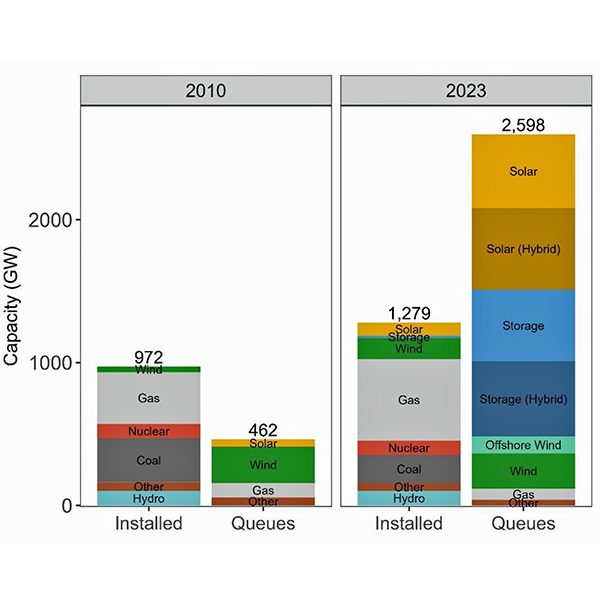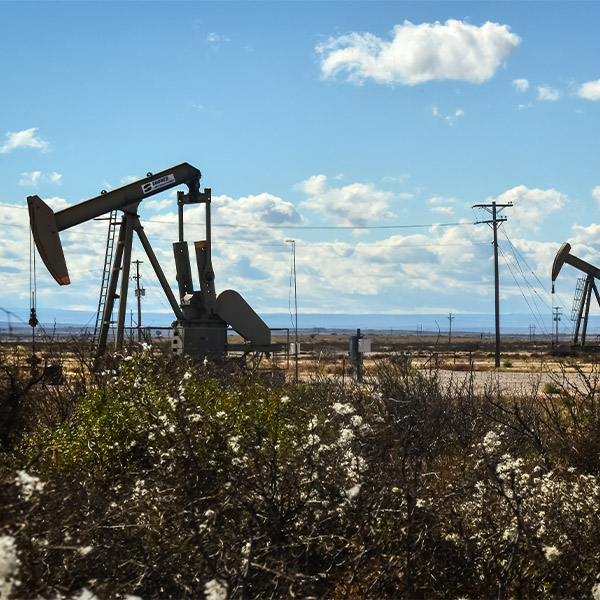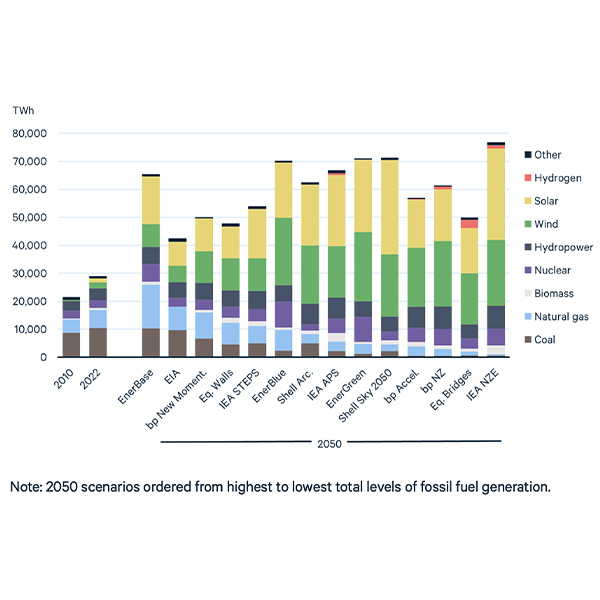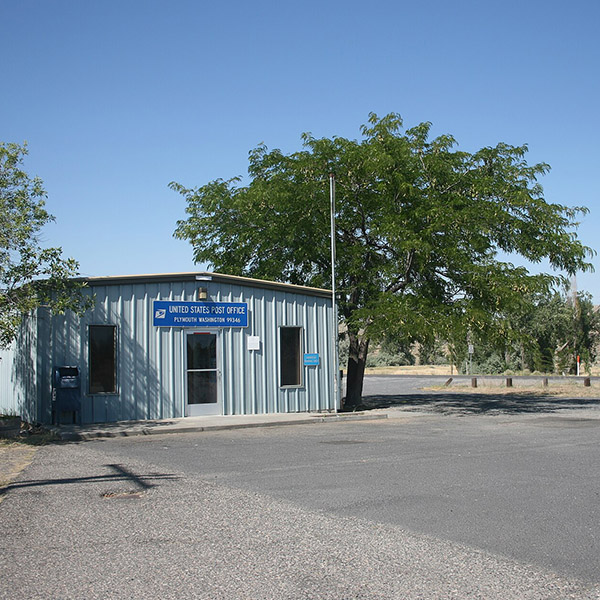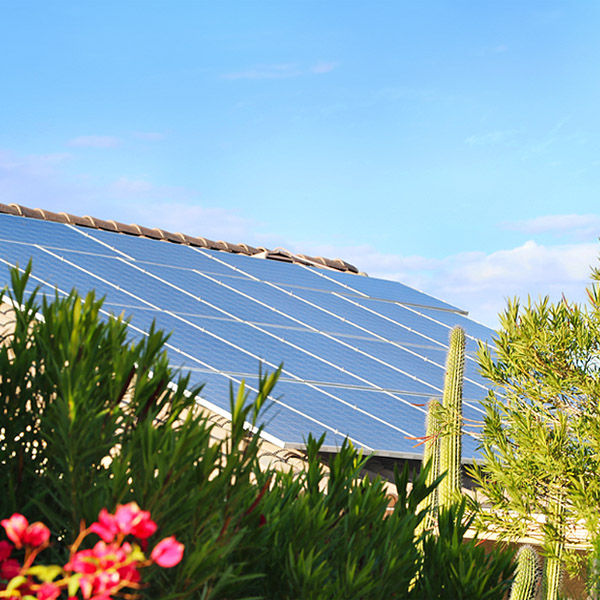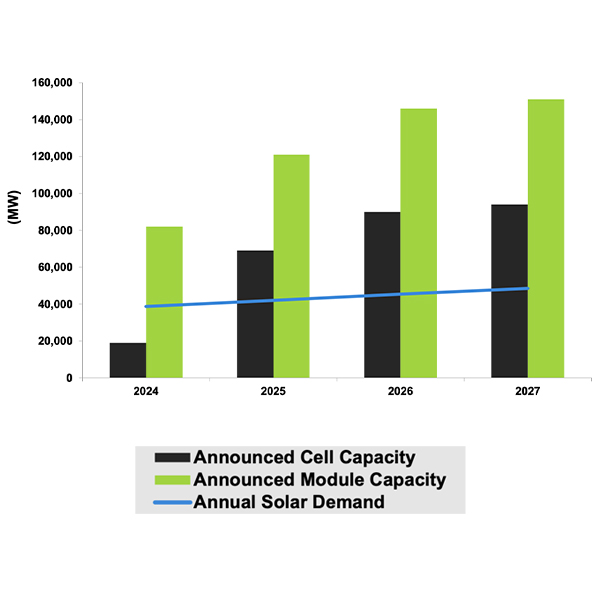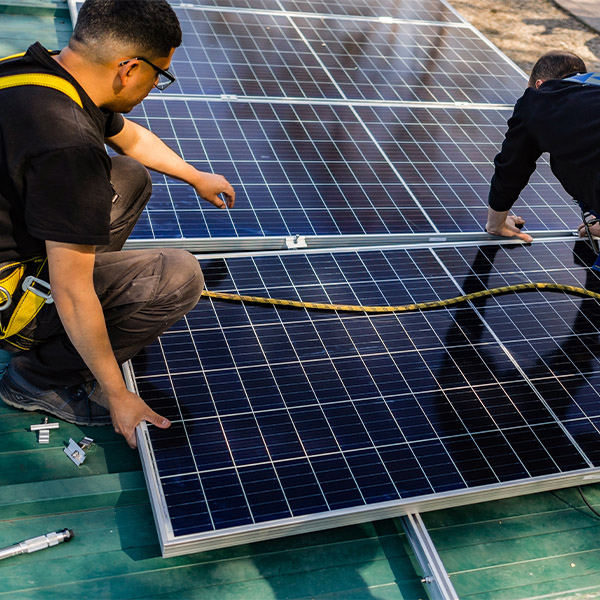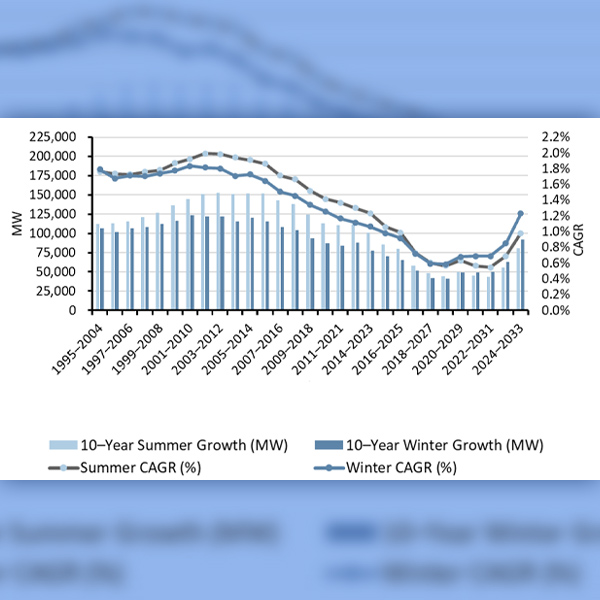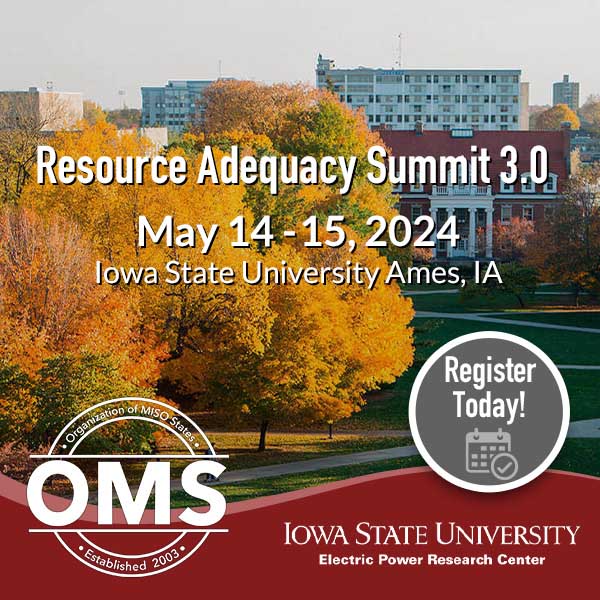Solar Power
The New Jersey Board of Public Utilities approved eight solar projects in its second solicitation for grid-scale projects, nine months after declining to support any bids in the first solicitation due to cost.
The DOE issued a roadmap to speed interconnection of new clean energy generation projects to the grid and clear the backlog of proposed renewable energy projects waiting in the queue.
The federal government has finalized rules that will decrease the cost of siting renewable energy generation on public land and increase the cost of leasing it for oil and gas development.
Wind, storage, solar and hydrogen make advances and face challenges in New York state.
Many recent projections for energy use have fossil fuel use plateauing after 2030, when it needs to rapidly decline to meet midcentury carbon targets, Resources for the Future said.
The Wallula Gap project could also include an optional battery energy storage system not to exceed the nameplate capacity of the facility.
FERC declined to act on a petition that accused the Salt River Project of violating PURPA with rates that discriminate against customers with rooftop solar.
The U.S.' incentives for domestic solar component manufacturing are insufficient, even with the Inflation Reduction Act, the report argues.
New Jersey is trying to protect rooftop and other small-scale solar projects from the kind of developer failure that has affected projects across the country as installers wrestle with rising costs and interest rates.
The Washington Post’s warning that “America is running out of power” lacks context and distracts us from the real work at hand, says columnist Steve Huntoon.
Want more? Advanced Search

